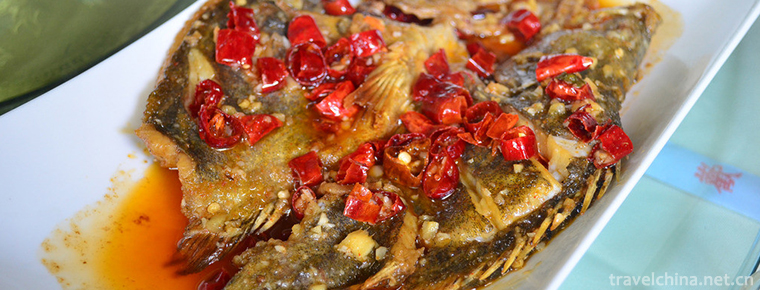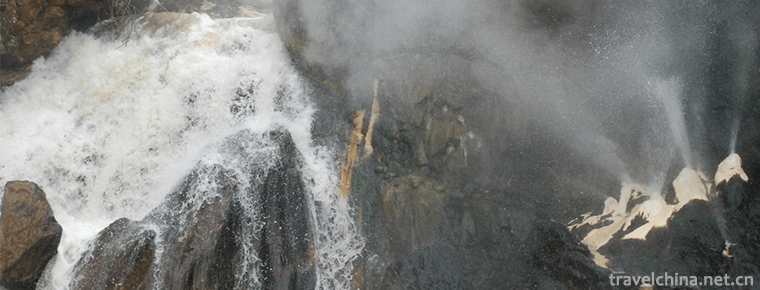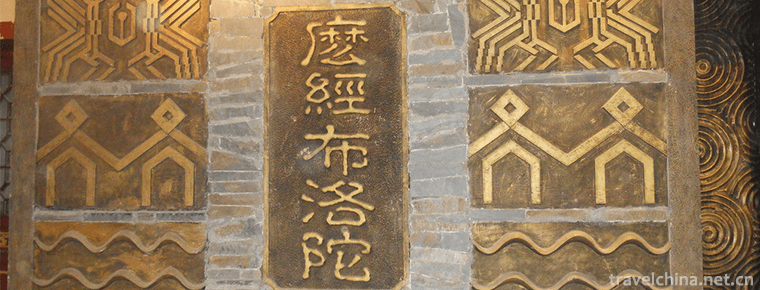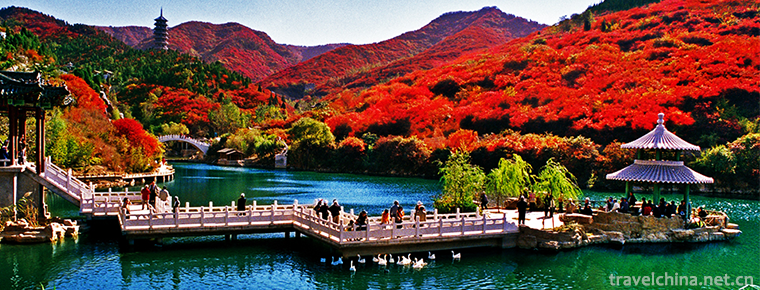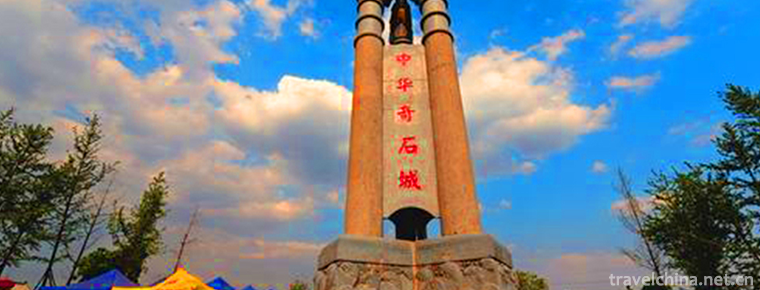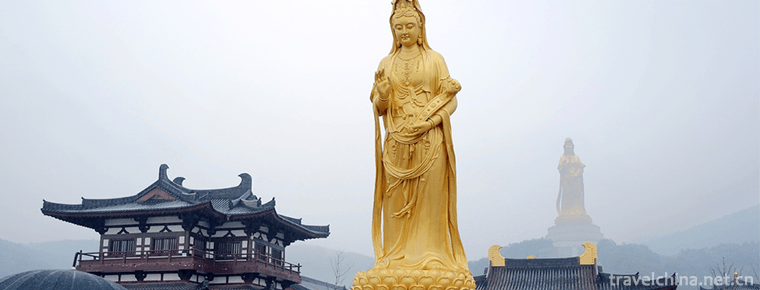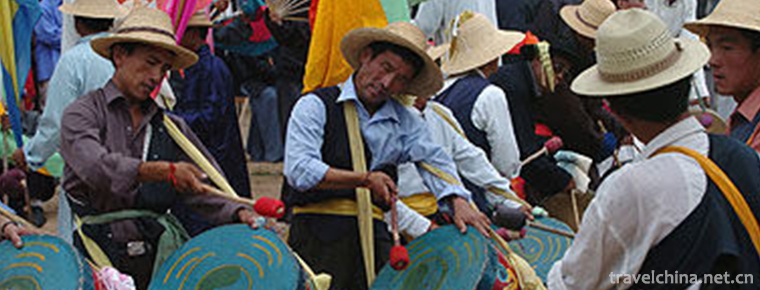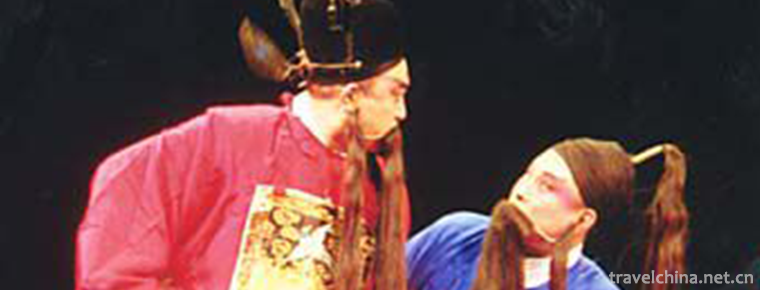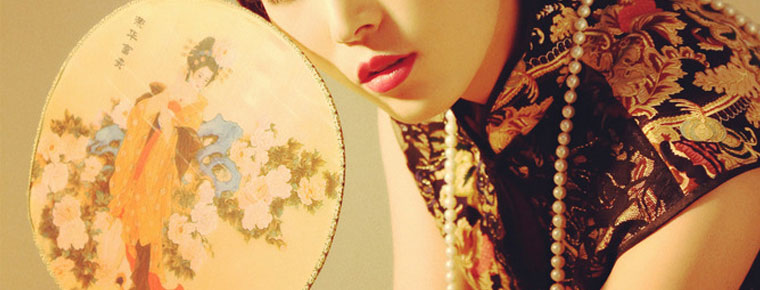Mount Qingcheng
Qingcheng Mountain is one of the four famous Taoist mountains in China, one of the five immortal mountains, one of the birthplaces of Taoism in China and one of the ten scenic spots in Chengdu.

Qingcheng Mountain is situated in the southwest of Dujiangyan City, Chengdu City, Sichuan Province, 68 kilometers east of Chengdu City and 10 kilometers southwest of Dujiangyan Water Conservancy Project. Scenic area of 200 square kilometers, the highest peak of 1260 meters above sea level Laojun Pavilion, Qingcheng Mountain is divided into front and back hills, peaks around undulating, lush green trees, enjoy the reputation of "Qingcheng world seclusion".
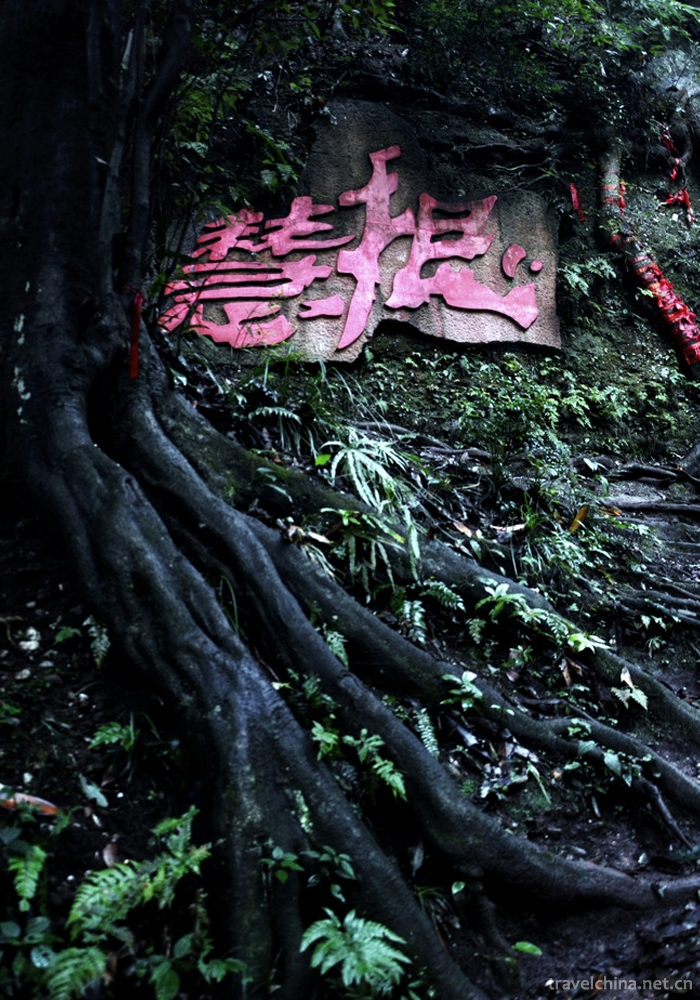
The whole mountain forest is green, the four seasons are evergreen, the peaks ring, and the shape of the city is named Qingchengshan. Dan ladder 1000 level, winding path, quiet and clean victory. Inside and outside the scenic area, Tianshi cave and Yuanming Palace are quiet and quiet, which is a major feature of Qingchengshan.
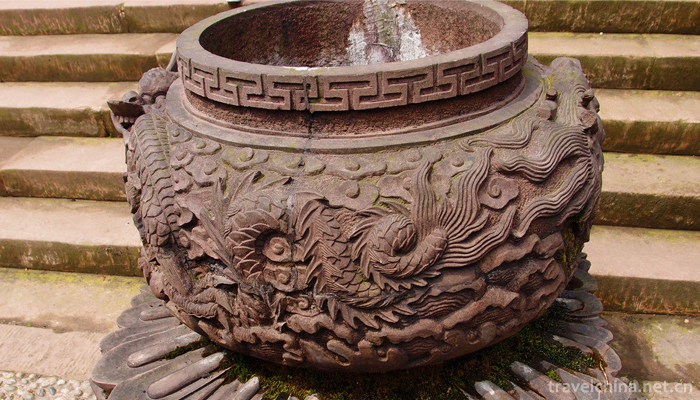
Qingchengshan, a father-in-law, a Chicheng, Qingcheng, the mountain of Mount Sheng. It is the fifth cave of the ten largest caves. It is called "the Heaven of the Nine Rooms of Baoxian". In Qingcheng County, Qingcheng Cave, which is returned 2,000 Li a week, belongs to the rule of Qingcheng's father-in-law. The thirty-six peaks and one hundred and eight scenic spots are circled. Qingcheng father-in-law and Huang Di's fate, the Lord of the earth is the superior of the five mountains, with the general ministers. The father-in-law has many officials. When Taoist priests entered the mountain, their father-in-law dressed in Zhu Guangzhi's robe, wore the crown of heaven, wore the seal of the three courts, and rode the coach from all spirits to welcome the son.
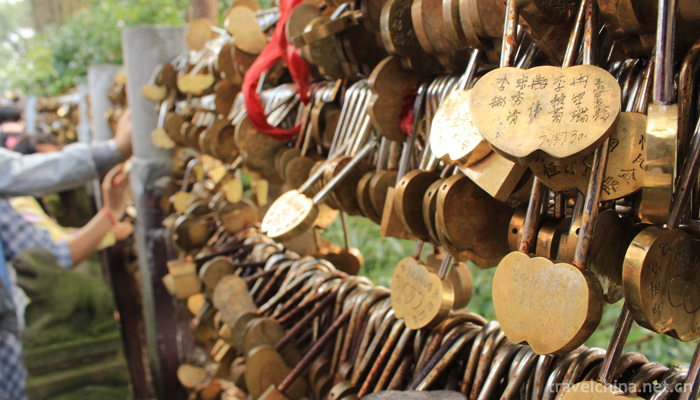
The main vegetation types in Qingcheng Mountain are subtropical evergreen broad-leaved forest, evergreen deciduous broad-leaved mixed forest and warm coniferous forest. According to the investigation data of Qingcheng Mountain sample plot, the plant species recorded by field survey and the Qingcheng Mountain plants recorded in the "Plant List of Dujiangyan City, China", 346 species of plants were preliminarily estimated, including 51 species of ferns belonging to 26 genera, 16 families and 295 species of seed plants belonging to 192 genera and 90 families. Among them, 7 species of gymnosperms, 6 families of vascular genera, 5 families, 252 species of dicotyledons, 169 genera and 77 families, 36 species, 22 genera and 8 families of monocotyledons are included. The flora has obvious transition from subtropics to temperate zones.
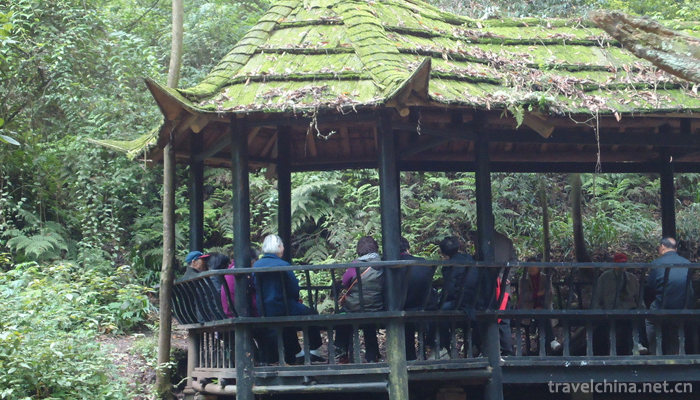
More pic
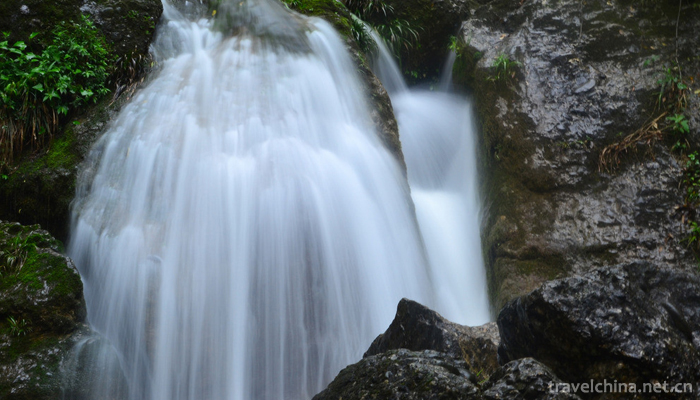

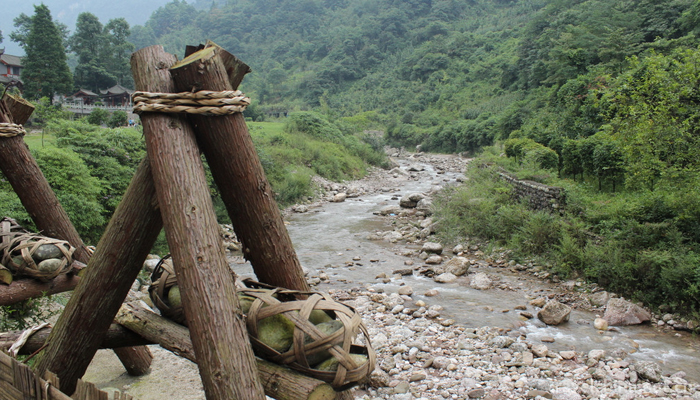
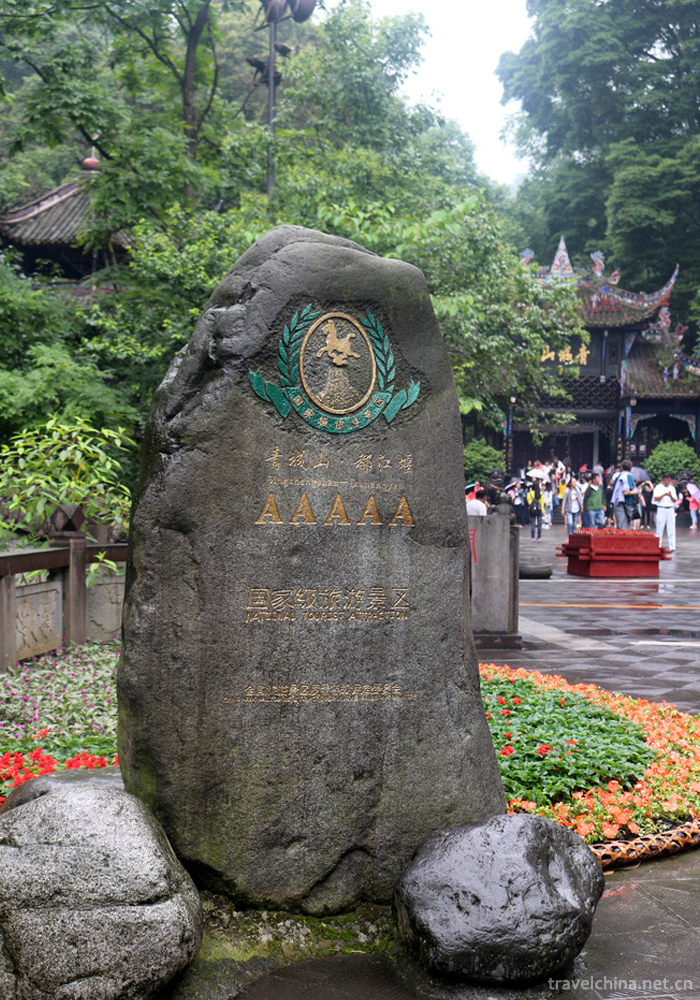
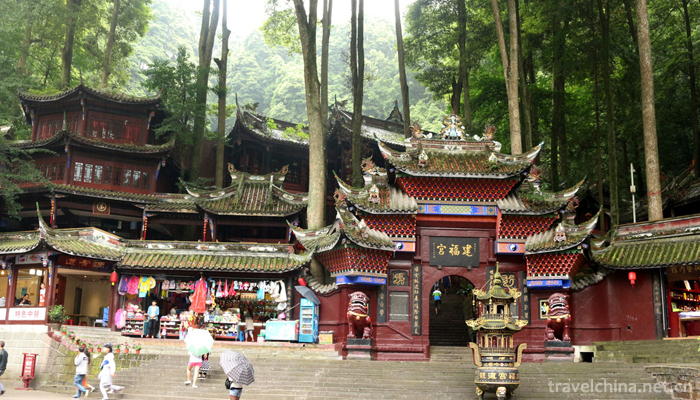
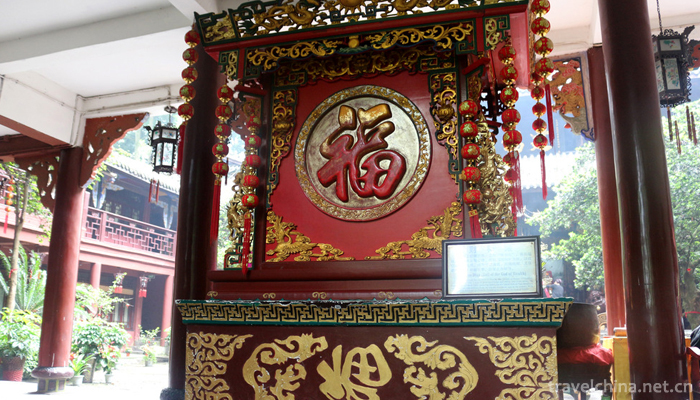
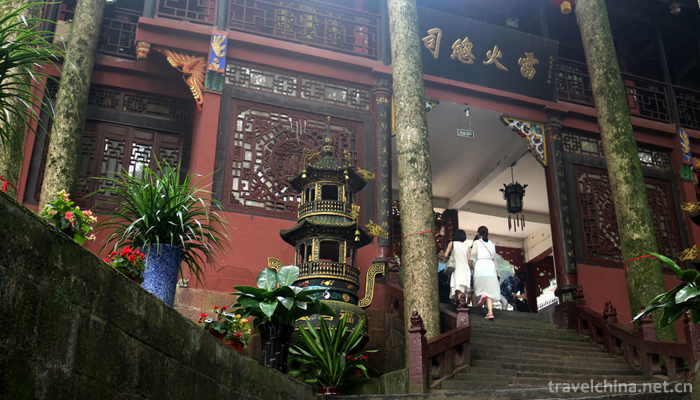
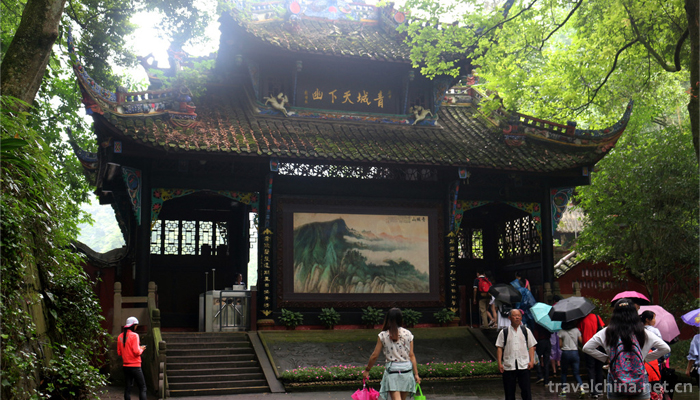
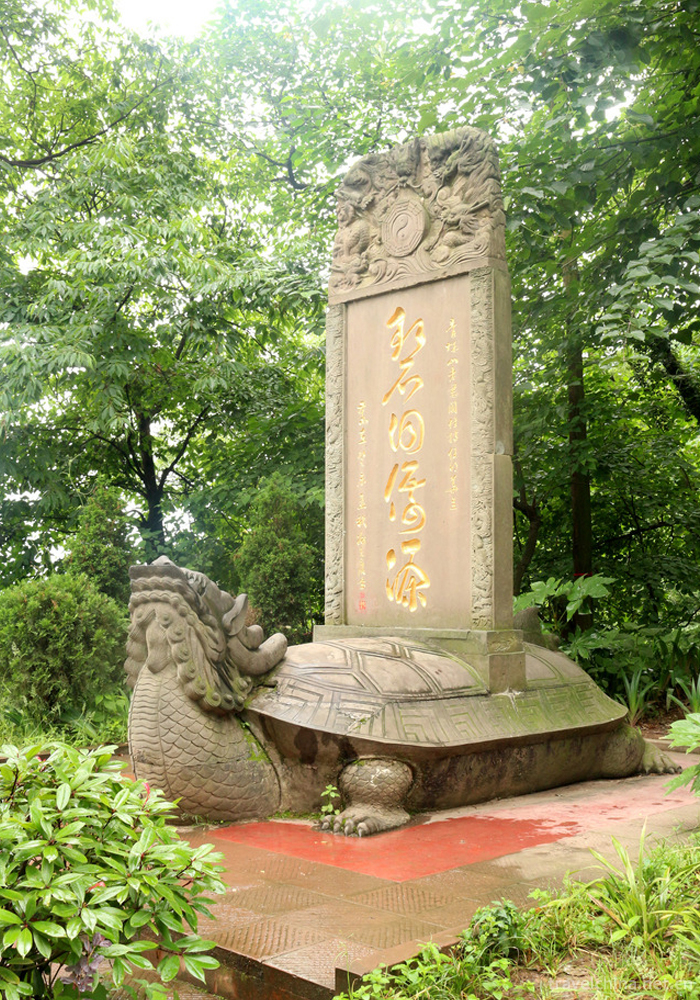
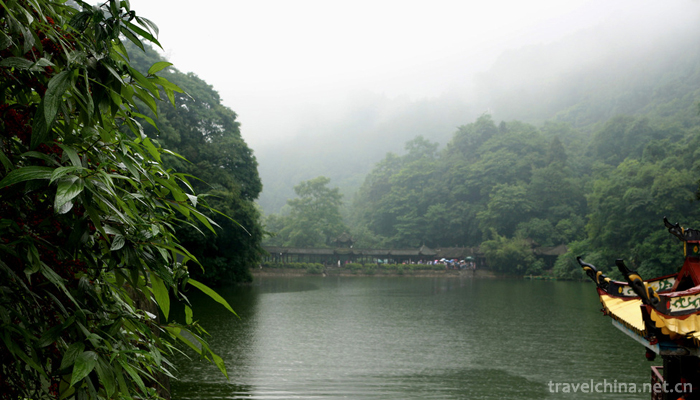
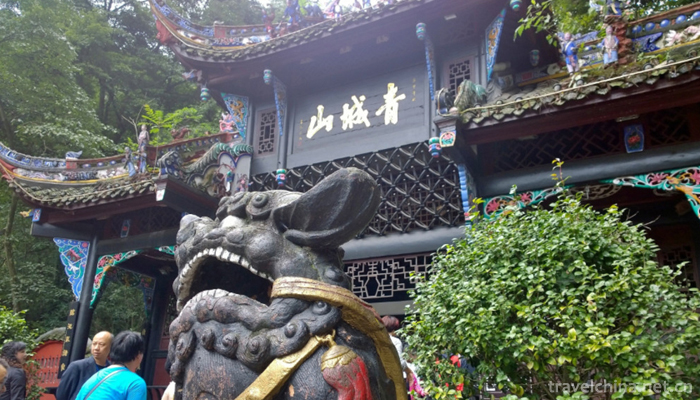
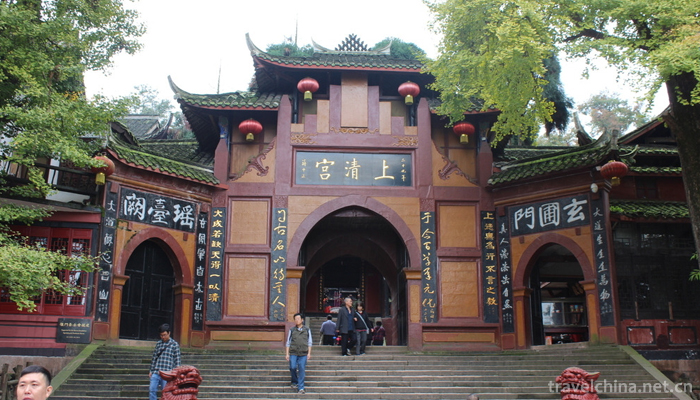
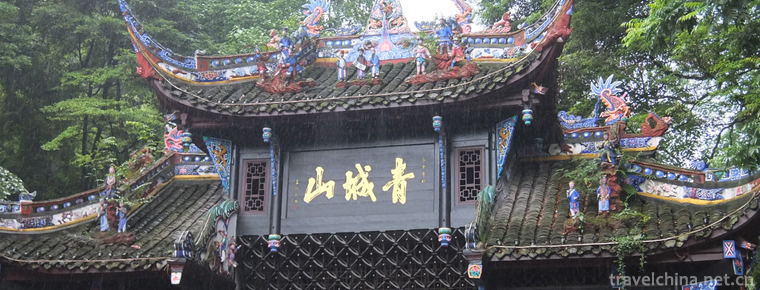
Mount Qingcheng
-
Napa Lake
Naphai nature reserve is located in Shangri-La County, Diqing Tibetan Autonomous Prefecture, Yunnan
Views: 190 Time 2018-10-20 -
Stinky mandarin fishMarinate mandarin fish
Stinky eel, also known as Stinky Osmanthus, Barrel Fresh Fish, Barrel Fresh Fish, Pickled Fresh Fish, is a traditional Huizhou dish, one of the representatives of Huizhou cuisine.
Views: 297 Time 2018-11-02 -
Tengchong Volcanic Hot Sea Tourist Area
The volcanic hot sea is located 20 kilometers southwest of Tengchong County. It covers an area of 9 square kilometers. There are more than 80 large gas springs and hot springs. Among them
Views: 150 Time 2018-12-12 -
Buluotuo
Buluotuo, the traditional folk literature of Ganzhuang Mountain in Baise, Guangxi, China, is one of the national intangible cultural heritages.
Views: 259 Time 2018-12-15 -
Jiulushan Waterfalls Scenic Spot
JiuRushan Waterfall Group Scenic Area - National AAAA Class Scenic Area and National Forest Park, located in Xiying Town, Jinan City, Shandong Province, is the source of Jinxiuchuan Reservoir
Views: 227 Time 2018-12-22 -
Strange Stones city in China
Located one kilometer north of Feixian Town, Linyi City, Shandong Province, China's largest ornamental stone base, national AAAA scenic spot, Shandong Province's key cultural tourism industry projects
Views: 158 Time 2018-12-22 -
Xishan Scenic Spot Suzhou
Xishan is the abbreviation of Xidongting Mountain. It is 11 kilometers wide in North and south, 15 kilometers long in East and west, and 79.8 square kilometers in area.
Views: 267 Time 2019-02-25 -
Drum and percussion music in Southwest Shandong
Southwest Shandong drum music is a kind of traditional folk instrumental music in Shandong Province. It takes Jiaxiang drum music as a typical representative and mainly distributes in Jining, Zaozhuan
Views: 341 Time 2019-05-15 -
Naton Festival of the Turkish Nationality
Naton is a temple fair where the Tu people in Sanchuan area of Minhe County, Qinghai Province perform Nuo Dance (the first dance) and Nuo Opera (the mask dance) in order to dispel diseases and calamit
Views: 265 Time 2019-06-23 -
Yingge Liushu
Yingge Liushu, also known as Yingge Liuzi, is a traditional art form of rap and singing spread in southwestern Shandong, southern Shandong, Eastern Henan and Northern Jiangsu. Legend has it that the L
Views: 306 Time 2019-07-14 -
Cheongsam and fan
As the saying goes, the pipa is half covered. What did ancient beauties use to cover their faces? The first reaction must be a fan! Fans are also the most common accessories in ancient times. Men use paper fans and women use round fans. Chinese traditional fan culture
Views: 370 Time 2020-12-11 -
Leshan Education
In 2018, Leshan Normal University, School of engineering and technology of Chengdu University of technology and Leshan vocational and technical college enrolled 16051 students, including 52775 students, 13837 graduates and 2509 full-time teachers.
Views: 376 Time 2020-12-17

